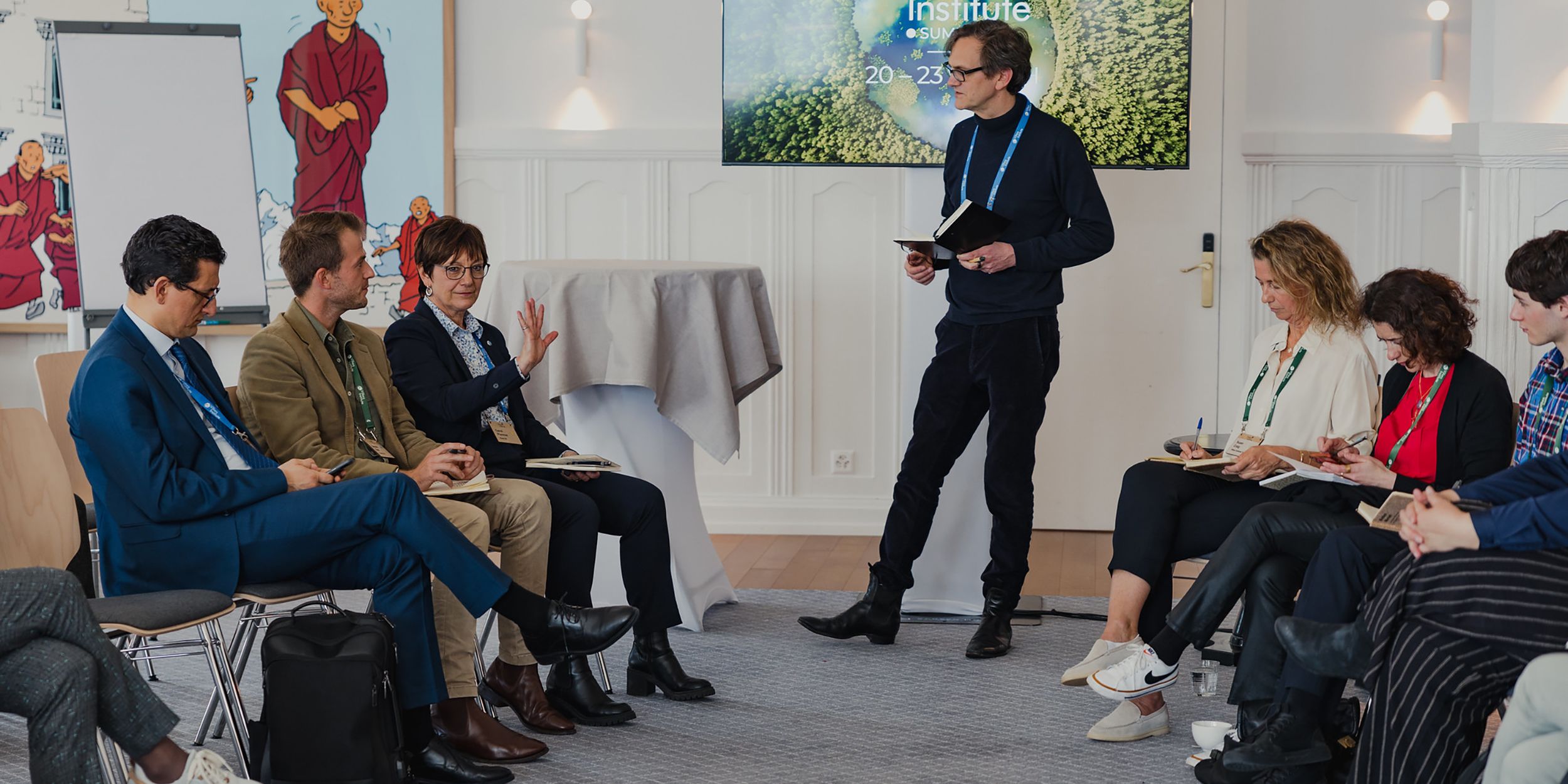The Ideas
This expert discussion narrowed in on concrete examples of work done on the ground, benefitting local people and having a significant impact on local biodiversity and carbon uptake.
One expert shared the story of a natural reserve they had created in New Zealand, with an impressive increase in local biodiversity from 20 to 71 native species. The process to create such an area revolved around the initial acquisition of 60 hectares of dying forest and the removal of cattle followed by strategic restoration of the ecosystem. With regard to climate adaptation, it was noted that the higher the biodiversity the greater the resilience and hence the more powerful a system would be to both combat the current effects of climate change and adapt to future conditions. To date this project has planted and regenerated over 8 million indigenous trees and has grown to be supported by a financial model involving the local community and several lines of sustainable products originating from the reserve.
The second expert delved into sharing the progress of a large-scale restoration project located by the Daintree rainforest, the only location on Earth where two UNESCO World Heritage sites border one another. This project involves the restoration and management of 527 acres, having raised over AUD 6 million and involved 350 volunteers, with 9 full time employees. The main idea behind this initiative is to marry industry and community to serve natural biodiversity and look after blue carbon areas. There was also significant emphasis on honoring local cultural values and the legacies of indigenous communities.
The final expert, a serial entrepreneur and engineer, touched upon the field of data collection which is vital for both restoration and targeted sustainable agriculture. They shed light on the work done by their organization to measure crop health in real time using adaptive technology, allowing science to unlock the over 35 senses that plants have and work with industry to develop more resilient strains of plants, helping nature evolve faster and move systems away from tipping points.
The Perspectives
One major point of discussion was the interplay between those implementing projects and the local community. It was agreed that anything planned and executed should be with the understanding, consensus and ideally direct buy-in from the local people. This could be done by means of clear, transparent and open communication and involving local communities every step of the way, including in any potential organizational ownership structure. All projects can benefit from the traditional knowledge local and indigenous communities possess about the land, who can in turn benefit through various forms of empowerment, education and compensation. One notable example was the provision of healthcare credits to individuals in exchange for participation and support of an agroforestry initiative.
Another consideration for project implementation is a regard for biodiversity and ecosystem health. This includes diversifying monoculture, managing waste correctly, working in a closed loop system and making sure that any interventions are organic. Additionally, this includes respecting existing biodiversity and co-creating with communities, listening to their needs and helping them understand why a healthy ecosystem is important for them and emphasizing the benefits.
Among the most interesting discussion points was the consideration of physical challenges to project implementation, with one expert describing dealing with an unforeseen 3m rainfall for a project. These barriers necessitate the consideration of aspects like critical infrastructure, machinery and materials or equipment relevant for deployment as well as clear plans for emergency situations.
One distinctive challenge is how to develop a financial business model that ensures long lasting impact. Ideas suggested included charity, green bonds, private investments, tangible products and both carbon and biodiversity credits. Combined, one source believes that climate technology solutions could have the potential to unlock trillions of dollars in capital.
Finally, a productive discussion filled with actionable ideas culminated with the most important characteristic of a project's success, noted to be its potential to scale, vital for making larger impact and so important for making a real difference.



